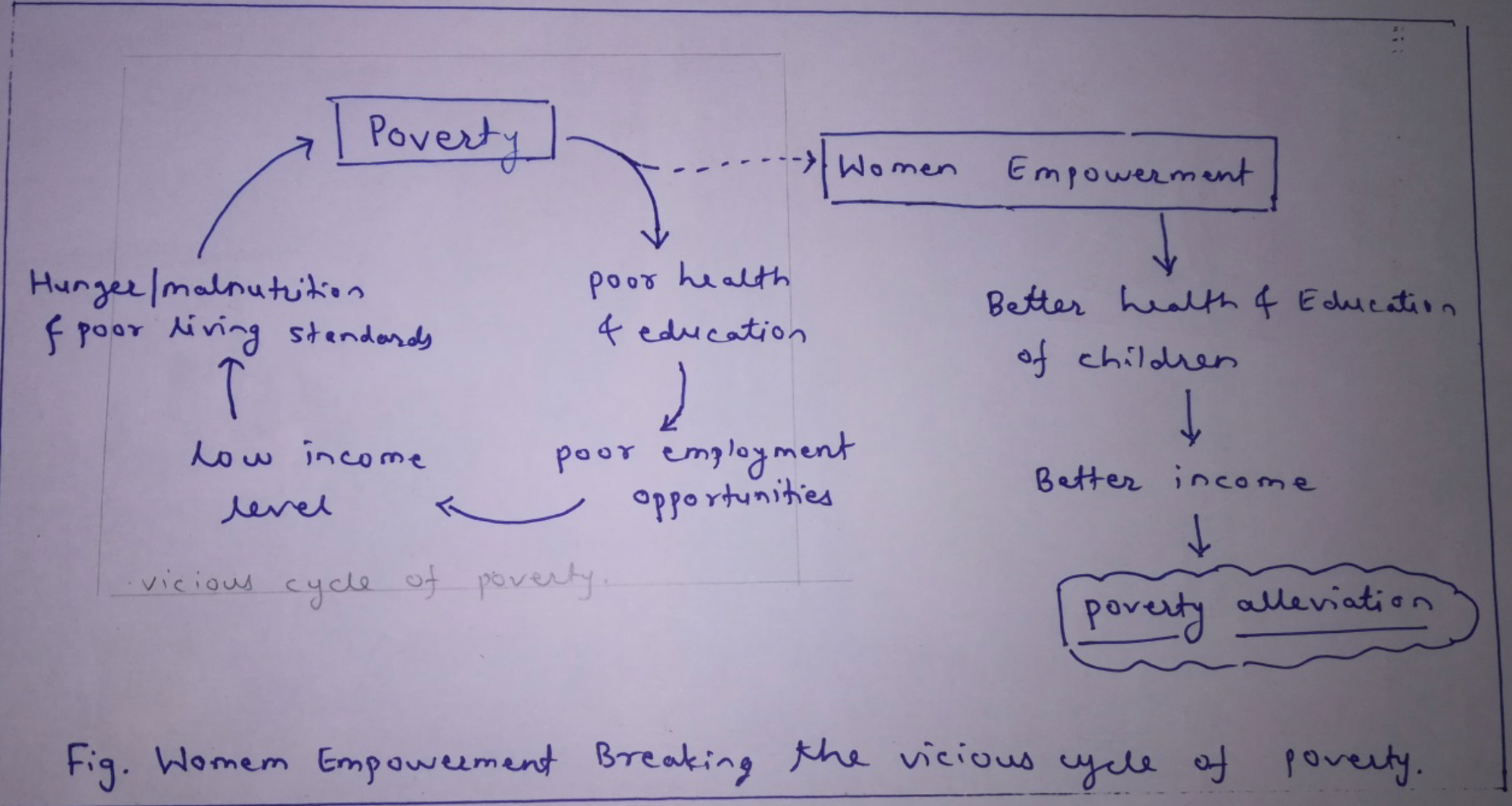Questions
- “Caste system is assuming new identities and associational forms in India. Hence, the caste system cannot be eradicated in India.” Comment. (Answer in 150 words) 10
- "Women empowerment is the key to poverty alleviation." Discuss. (Answer in 250 words)(15)
Model Solutions
1. “Caste system is assuming new identities and associational forms in India. Hence, the caste system cannot be eradicated in India.” Comment. (Answer in 150 words) 10
Model Structure
Introduction
- Caste refers to a broad hierarchical institutional arrangement along which basic social factors like birth, marriage, food-sharing etc are arranged in a hierarchy of rank and status.
Main Body
New identities and associational forms assumed by caste system in India:
- Political patronage: Most of India’s political class run on the basis of caste system. People seldom vote on the basis of rationality except in urban areas. Its ability to gain political support has kept the caste system relevant. Eg. Bahujan Samaj Party. Political mobilization based on caste has been rising.
- Social taboo: In rural India, which comprises the majority, society functions on a caste system. Person diverging from the path of caste rules is boycotted leading to fear in people.
- Social benefits: Reservation has indeed been helpful in uplifting socially backward people but it has reinstated the importance of the caste system. People flaunt their caste identity in order to avail benefits under government. Eg. Dominant castes like Marathas, kapus and patidars have been demanding reservation.
- Continuity of caste endogamy in institutional form. Eg. caste based matrimonial sites
Measures to remove caste system - Egalitarianism- Egalitarianism is a novel concept where there is no class. This approach will create a society where each and every person will be equal on social, economical and political front. This will avoid use of caste identity.
- Education- Education can be considered a long term solution wherein the newer generation will be educated against the perils of caste system. Instilling such ideas can prevent our future generations from practicing the caste system.
- Reduced influence of caste in different arenas of life
- Eg. Marriage - increasing number of inter-caste marriages
- Breaking of caste-occupation linkage
- Reduced incidents of untouchability and commensality
Conclusion:
- Thus, it's too early to predict that the caste system is inevitable. Instead new methods and ideas have to be initiated that can create an equal society, which is non dependent on caste identity.
2. "Women empowerment is the key to poverty alleviation." Discuss. (15 marks)
Model Structure
Introduction
- As Swami Vivekananda has said, “It is impossible to think about the welfare of the world unless the condition of women is improved. It is impossible for a bird to fly on only one wing.” Thus it can be argued that women empowerment is sine qua non for poverty alleviation.
Main Body
Women Empowerment and Poverty Alleviation
- Women Empowerment can break the vicious cycle of poverty.

- Women constitute almost half of the country's population; thus improving their condition can immensely contribute to poverty alleviation.
- An empowered women has an ability to empower two families-
- Family of orientation
- Family of procreation
- Empowered women will play a decisive role as leaders, thereby influencing the policies in favour of social welfare.
- Women’s empowerment plays a catalytic role towards the achievement of transformational economic, political and social changes required for sustainable development.
- Many studies suggest that women typically spend their income on food and healthcare for children, which can dramatically help in poverty alleviation.
- It is in sharp contrast to men, who spend a higher proportion of their income for personal needs.
- Women empowerment → Access to family planning and maternal health services→ lower fertility rate→ Equitable distribution of resources → Poverty alleviation.
How to achieve it?
- Social
Developing human capital
- Health- Access to family planning & maternal health services, delaying first child, improving MMR & IMR, nutritional security, etc.
- Education- It is the major tool for eliminating poverty. Educated women are more sensitive toward their children's education and contribute more to their development.
- Economic
Skill development of women. Eg. Barefoot college in Rajasthan
- Financial inclusion and financial literacy. (PM-Jan Dhan Yojana)
- Leveraging the power of SHGs- Microfinance, women entrepreneurship, leadership development.
- Agriculture: Empowering women farmers through- (i) extension services, (ii) training and education, (iii) Land ownership to women, etc.
- Equal wage for equal work. (Article 39)
Political
- Equal representation- from Panchayats to Parliament (only 14% women MPs are there in current Lok Sabha- ADR report)
- Dealing with real time issues such as ‘sarpanch pati’.
Conclusion
- Poverty and empowerment issues cannot be adequately addressed where only half of the population is positively and actively engaged, therefore actively engaging women as the driver for bringing positive change and eliminating poverty from the country is the key to focus on.
Previous Post